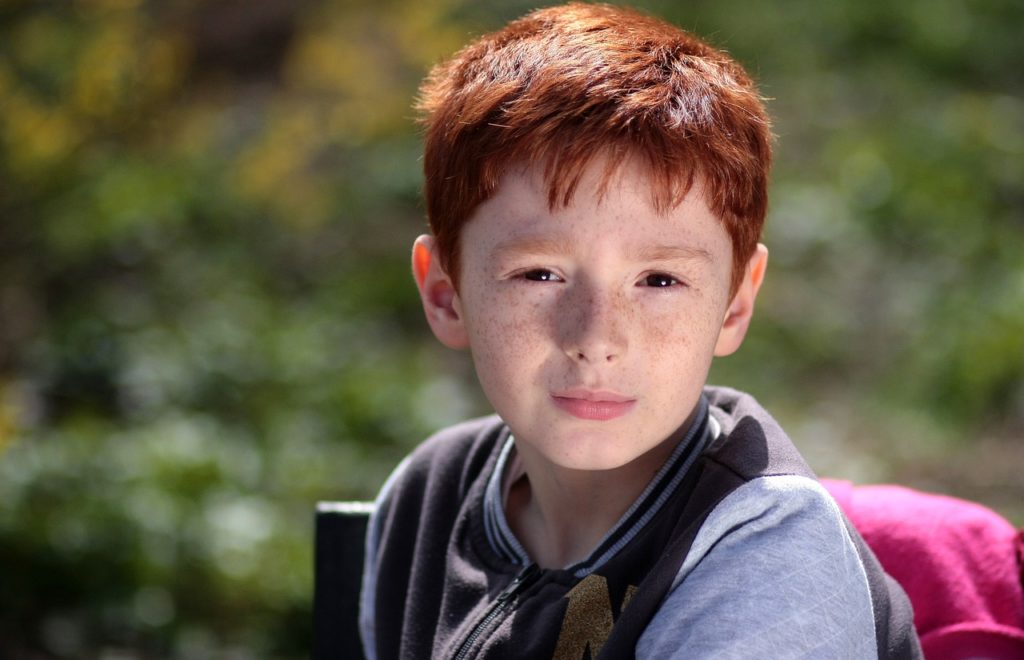This is a more common occurrence than you might think. Children tend to lose their last baby tooth in early adolescence, around 12 years of age. Generally, baby teeth are shed and then almost immediately replaced by permanent/adult teeth. In some cases, though, a baby tooth is expelled without being replaced by an adult one. After a reasonable period of time has passed without the eruption of an adult tooth, it is safe to assume there may be an issue. The incoming tooth may be crowded, growing in the wrong direction (also known as impaction), or missing altogether. There’s no better way to determine the root of the problem than with a dental x-ray.
What if the Permanent Tooth is Missing?
In cases where it’s discovered that the permanent tooth is indeed missing, there are three viable options to pursue: preserving the baby tooth, replacing the missing tooth, or closing the space through orthodontic intervention. Each option has it’s advantages and disadvantages, and there are many factors that should go into the choice of which option to follow. The condition of the child’s teeth, their unique bite, and the degree of crowing should all be considered before a final decision is made.
Retain the Baby Tooth
If an x-ray reveals a missing permanent tooth before the corresponding baby tooth has been expelled, it may be best to keep the baby tooth in place for as long as possible. After the baby tooth is naturally expelled, then a permanent replacement tooth can be placed. This option makes sense in situations where the bite is good, and there is little to no crowding of the teeth. Attempting unnecessary replacement may result in new and potentially worse problems, so caution should be exercised.
Replace the Missing Tooth
A well-cared-for baby tooth may remain in place for life in some cases. If the tooth is in poor condition, exhibiting root loss, damage, cracks, or chips, an implant or a bridge can provide a suitable replacement. In these situations, it’s better to replace the tooth, to prevent further damage to the gums or the surrounding teeth.
Orthodontic Closure of the Space
When crowding is present, or other bite issues present that would lead to the eventual removal of teeth, the best option may be to remove the baby tooth and close the space. Commonly, this can occur in the lower arch when there is an underbite or crowding of the teeth. In situations where all teeth exhibit normal development, the removal of lower bicuspids could be the proper treatment. If a bicuspid is already missing, only one permanent tooth would need to be extracted (since it was the only bicuspid present).
With protrusion and crowding in the upper arch, upper bicuspids can be removed. If the child was born without upper laterals or bicuspids, bridges or implants aren’t needed to close the gap. It simply doesn’t make sense, in terms of the risk involved, to close a gap where there are no problems with bite or crowding.
How can you decide the best path of treatment for your child? Visit Texas Orthodontic Specialists, where Dr. Chen or Dr. McCarty can perform a thorough examination of your child, to help you determine how to move forward. During the exam, they will examine your child’s teeth, determining their unique alignment pattern and bite, and whether there is an issue of crowding present. Afterward, you’ll be provided with a choice of options that best suit your child’s dental and orthodontic health. We will then work in partnership with your child’s pediatric dentist to make the best determination on possible tooth replacement or orthodontic closure.


